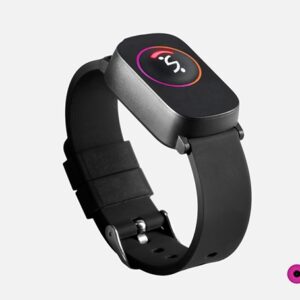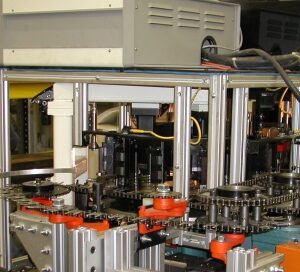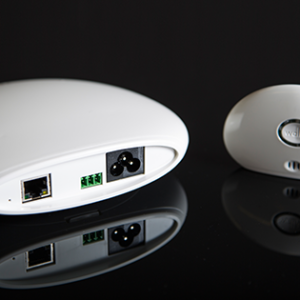Technology plays a crucial role in bolstering the efficiency and effectiveness of military and police operations. One such breakthrough in modern surveillance and reconnaissance is the thermal image cameras. Utilising the infrared spectrum, these cameras have proven to be indispensable tools for both the military and police. This article explores the myriad uses of thermal image cameras and how they have revolutionised operations, enhancing situational awareness, and ultimately contributing to the safety and security of personnel and citizens.
Enhanced Visibility and Situational Awareness
Thermal image cameras offer a significant advantage over traditional optical cameras, particularly in low-light conditions and during nighttime operations. By detecting the heat emitted by objects and individuals, these cameras can create detailed images of the surrounding environment, regardless of the darkness or adverse weather conditions. This heightened visibility provides military and police personnel with a tactical advantage, as they can spot potential threats, hidden suspects, and even navigate through challenging terrains with greater ease.
Surveillance and Reconnaissance
In military operations, intelligence gathering is critical for mission success. Thermal image cameras play a pivotal role in surveillance and reconnaissance efforts. They can detect hidden enemy positions, distinguish between live beings and inanimate objects, and identify equipment or vehicles that have recently been in use. This valuable information allows military units to plan more effectively, anticipate enemy movements, and execute operations with greater precision.
For police forces, thermal image cameras have proven invaluable in tracking criminals during manhunts or search and rescue missions. In urban environments, where criminals can find refuge in the maze of buildings, thermal imaging aids law enforcement in locating and apprehending suspects swiftly and safely.
Border Security and Counterterrorism
With the growing concern over national security, thermal image cameras have become crucial tools for monitoring borders and combating terrorism. The vast stretches of borders and remote areas are challenging to patrol manually. However, thermal image cameras equipped with drones or mounted on surveillance towers enable border security forces to detect and apprehend trespassers, smugglers, or potential threats in real-time.
Furthermore, thermal imaging can help identify improvised explosive devices (IEDs) and hidden booby traps, protecting both military personnel and civilians during counterterrorism operations.
Search and Rescue Operations
During natural disasters or emergency situations, thermal image cameras play a pivotal role in search and rescue operations. When people are trapped or lost in hazardous conditions, traditional search methods might prove ineffective or risky. Thermal imaging allows rescue teams to detect body heat and locate survivors, even under rubble, debris, or dense vegetation. This capability has saved countless lives and continues to be a game-changer in disaster response efforts.
Law Enforcement and Public Safety
Thermal image cameras have found widespread use in law enforcement, enabling officers to safely and efficiently conduct their duties. In scenarios like hostage situations or standoffs, where officers need to maintain distance from suspects, thermal imaging helps track movements and assess potential threats. This enhanced awareness helps law enforcement make better decisions, ultimately reducing the risk to both officers and civilians.
Conclusion
The applications of thermal image camera for the military and police are vast and far-reaching. From enhancing situational awareness and surveillance to aiding in search and rescue operations, these cameras have transformed the way security and law enforcement agencies operate. The ability to see beyond the visible spectrum has proven to be an invaluable asset in protecting the nation and its citizens. As technology continues to advance, it is likely that thermal image cameras will only become more sophisticated, further bolstering the capabilities of the military and police in their noble mission to maintain peace, safety, and security.





